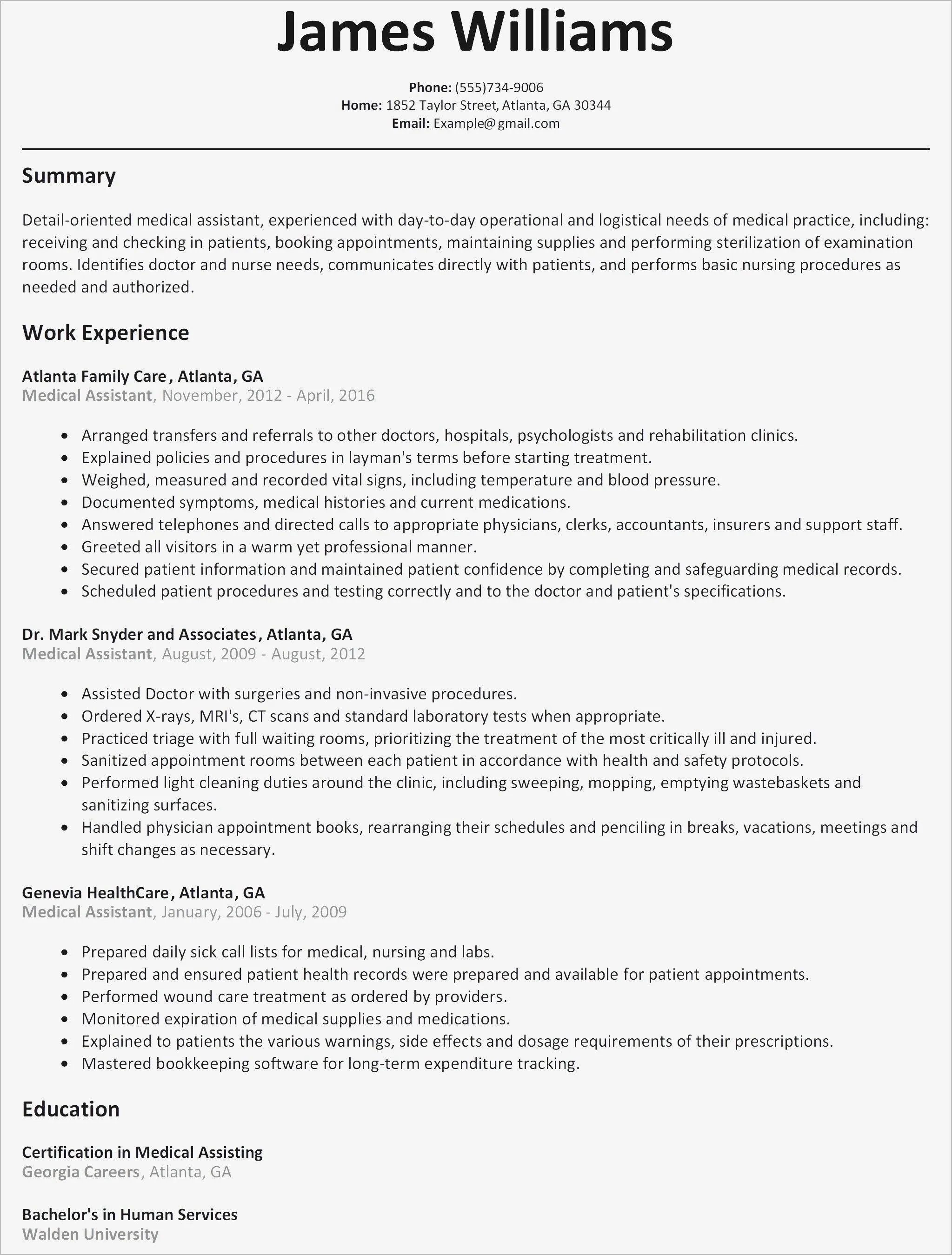What is a Resume Cover Letter and Why Do You Need One
A resume cover letter is a crucial document that accompanies your resume when applying for a job. It serves as your introduction to the hiring manager, offering a personalized glimpse into your qualifications and aspirations. Unlike your resume, which provides a factual overview of your experience and skills, a cover letter allows you to express your personality, demonstrate your enthusiasm, and explain why you are the ideal candidate for the specific role. It’s your opportunity to make a strong first impression and stand out from the competition. A well-crafted cover letter can significantly increase your chances of landing an interview, while a poorly written one can lead to your application being overlooked. This is why mastering the art of writing a compelling cover letter is essential for anyone serious about their job search.
Understanding the Importance of a Cover Letter
The importance of a cover letter extends far beyond simply fulfilling a job application requirement. It is a vital tool for several reasons. Firstly, it allows you to tailor your application to the specific job and company. By demonstrating your understanding of the role and aligning your skills and experience with the requirements, you show the hiring manager that you have taken the time to understand their needs. Secondly, a cover letter provides a platform to highlight your most relevant qualifications and achievements. It allows you to elaborate on experiences that are not fully captured in your resume and to emphasize your accomplishments in a way that directly addresses the employer’s needs. Lastly, a well-written cover letter showcases your communication skills, writing abilities, and attention to detail, all of which are crucial for success in most professional roles.
Highlighting Your Skills and Experience
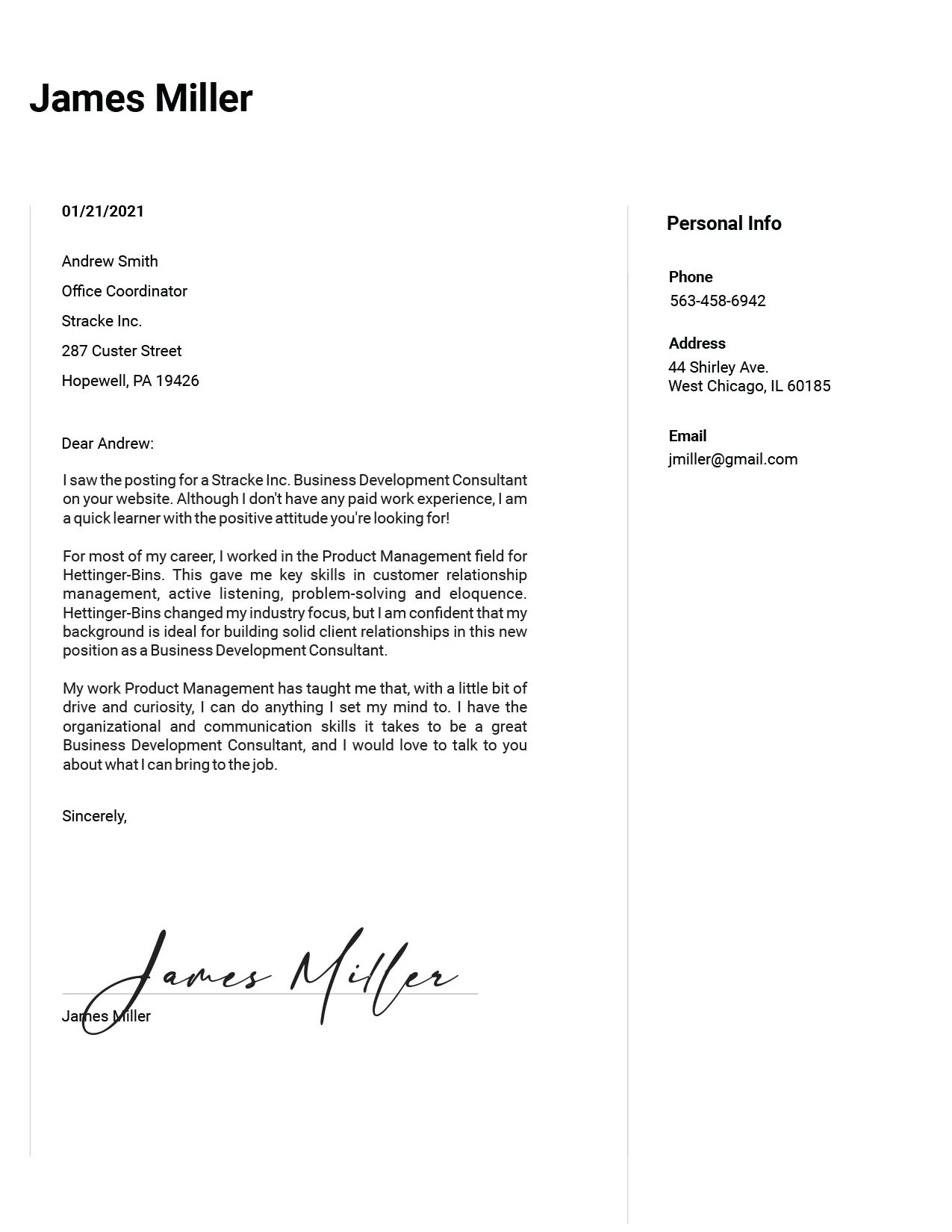
Your cover letter is a prime opportunity to showcase your relevant skills and experiences in a way that directly addresses the job requirements. Start by carefully reviewing the job description and identifying the key skills and qualifications the employer is seeking. Then, use your cover letter to provide specific examples of how you have demonstrated these skills in previous roles or experiences. Be sure to go beyond simply listing your skills; instead, provide compelling anecdotes or stories that illustrate how you successfully applied those skills to achieve positive outcomes. This approach not only demonstrates your competence but also helps the hiring manager visualize you in the role and understand your potential contributions to the company. Remember to quantify your achievements whenever possible, using numbers and data to showcase the impact of your work.
Top 7 Resume Cover Letter Secrets
Tailoring Your Cover Letter to the Job
One of the most effective secrets to a successful cover letter is customization. Generic, one-size-fits-all cover letters are easily spotted and often discarded. Instead, meticulously tailor each cover letter to the specific job and company you are applying to. This involves researching the company, understanding its mission, values, and culture, and carefully analyzing the job description. By demonstrating that you understand the company’s needs and that your skills and experience align perfectly with the role, you immediately increase your chances of capturing the hiring manager’s attention. This shows a genuine interest in the position and a willingness to go the extra mile, setting you apart from other applicants who may be using a generic template.
Researching the Company and the Role
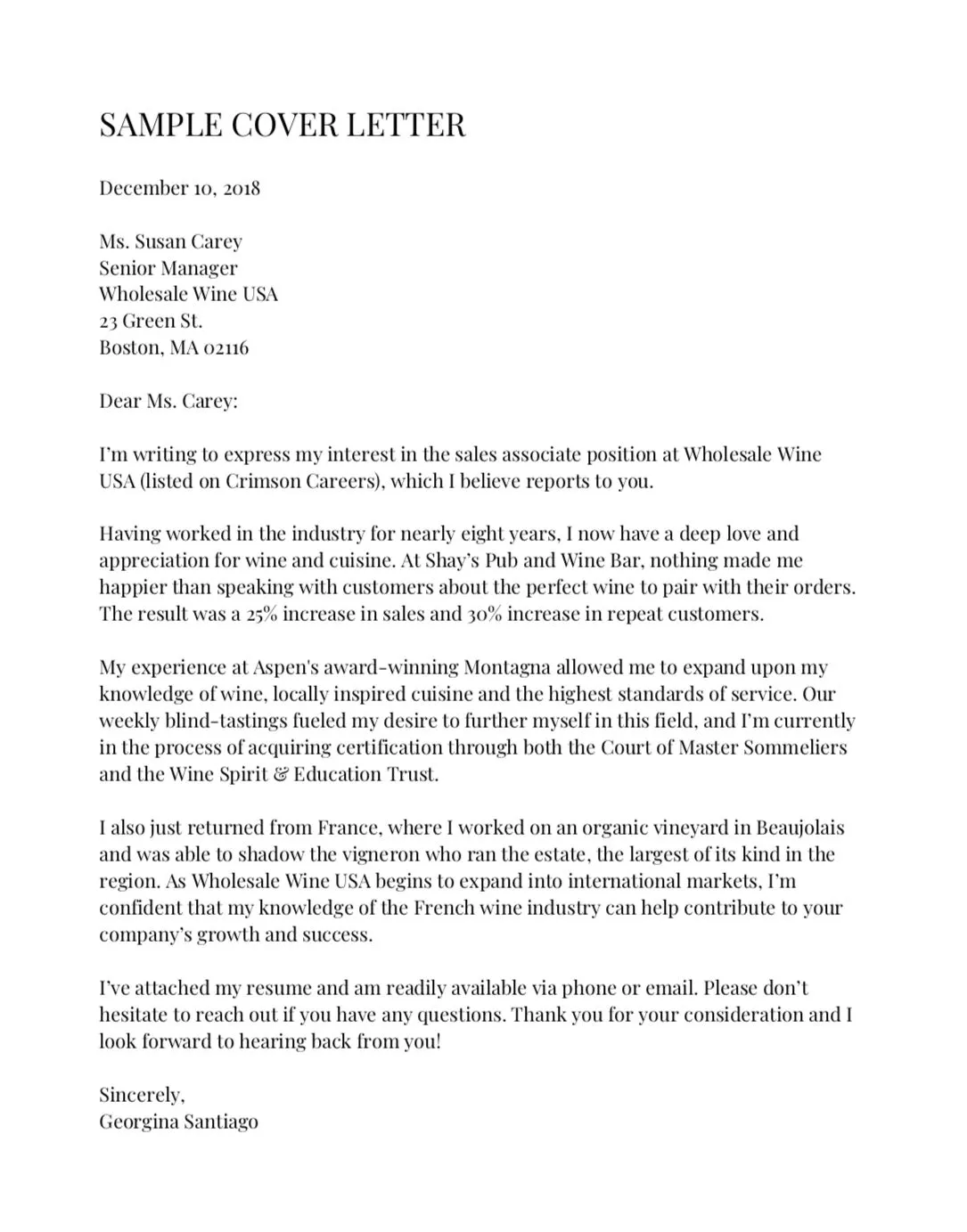
Thorough research is the cornerstone of a well-tailored cover letter. Before you begin writing, delve into the company’s website, social media profiles, and any relevant news articles or industry reports. Understand their products or services, their target market, and their recent achievements. This knowledge will enable you to demonstrate a genuine interest in the company and to customize your letter to highlight your specific skills and experiences that align with their needs. Similarly, carefully analyze the job description to identify the key requirements, responsibilities, and desired qualifications. Pay close attention to the language used in the description, as it provides valuable clues about what the hiring manager is looking for. Use this information to strategically position your skills and experience in your cover letter, ensuring that you address the employer’s specific needs.
Customizing Your Letter with Relevant Keywords
In addition to researching the company, incorporating relevant keywords from the job description is an essential practice. Applicant Tracking Systems (ATS) often scan cover letters and resumes for specific keywords, so including them increases the likelihood of your application being noticed. However, avoid simply stuffing your letter with keywords; instead, strategically weave them into your sentences in a natural and authentic way. This demonstrates that you understand the requirements of the role and possess the skills and qualifications the employer is seeking. Use keywords in your opening paragraph, throughout the body of your letter, and in your closing to ensure that your application is easily searchable and highlights your key qualifications.
Showcasing Your Achievements, Not Just Duties
Instead of simply listing your previous job duties, focus on showcasing your achievements and the impact you made in your previous roles. Employers are far more interested in what you accomplished than what you were responsible for. Use your cover letter to highlight specific examples of how you exceeded expectations, solved problems, or contributed to the success of your previous organizations. This demonstrates your ability to deliver results and provides concrete evidence of your skills and qualifications. Use the STAR method (Situation, Task, Action, Result) to structure your achievement stories, providing context, detailing your actions, and quantifying the outcomes whenever possible.
Quantifying Your Accomplishments with Numbers
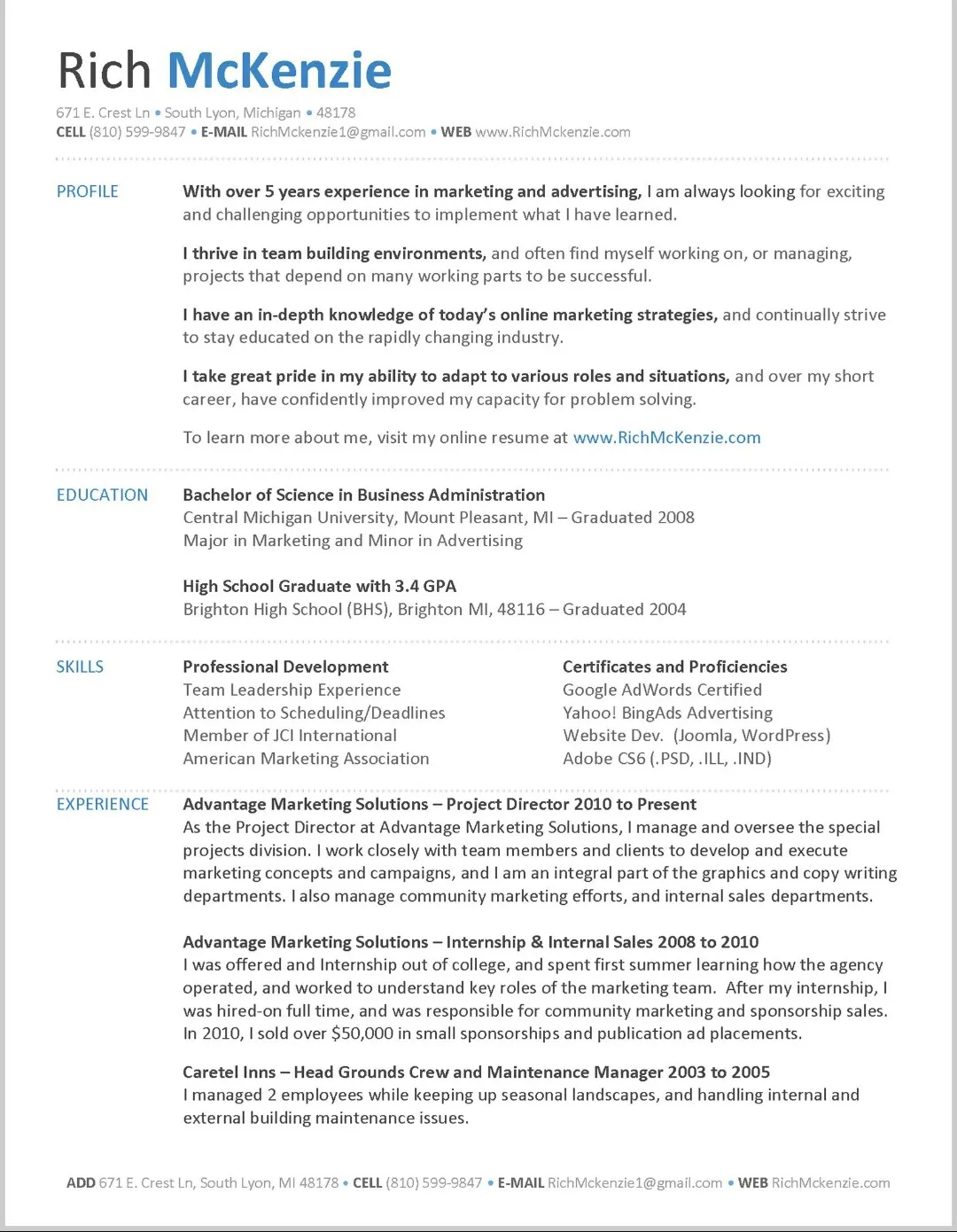
Whenever possible, quantify your accomplishments with numbers and data. Instead of saying ‘Improved customer satisfaction,’ state ‘Increased customer satisfaction by 15%.’ Quantifiable results provide concrete evidence of your contributions and make your achievements more impactful and memorable. Use metrics such as percentages, dollar amounts, or time saved to showcase the positive outcomes of your work. This approach not only highlights your accomplishments but also demonstrates your ability to measure and analyze results, which is a valuable skill in any professional role.
Using Strong Action Verbs
Start your sentences with strong action verbs to make your cover letter more dynamic and engaging. Action verbs convey a sense of purpose and accomplishment, making your achievements more impactful. For example, instead of saying ‘Was responsible for managing a team,’ say ‘Managed a team of 10 employees, resulting in a 10% increase in productivity.’ Use a variety of action verbs to keep your writing fresh and interesting. Common examples include ‘achieved,’ ’led,’ ‘managed,’ ‘developed,’ ‘implemented,’ and ‘improved.’ Choosing the right action verbs can significantly enhance the impact of your cover letter and make your qualifications more compelling.
Formatting Your Cover Letter for Readability
A well-formatted cover letter is easy to read and visually appealing. Use clear formatting to enhance readability and make your letter more accessible to the hiring manager. This includes choosing a professional font and layout, keeping your letter concise and engaging, and breaking up large blocks of text with paragraphs and bullet points. A well-formatted letter is a sign of professionalism and attention to detail, making a positive first impression on the reader.
Choosing a Professional Font and Layout
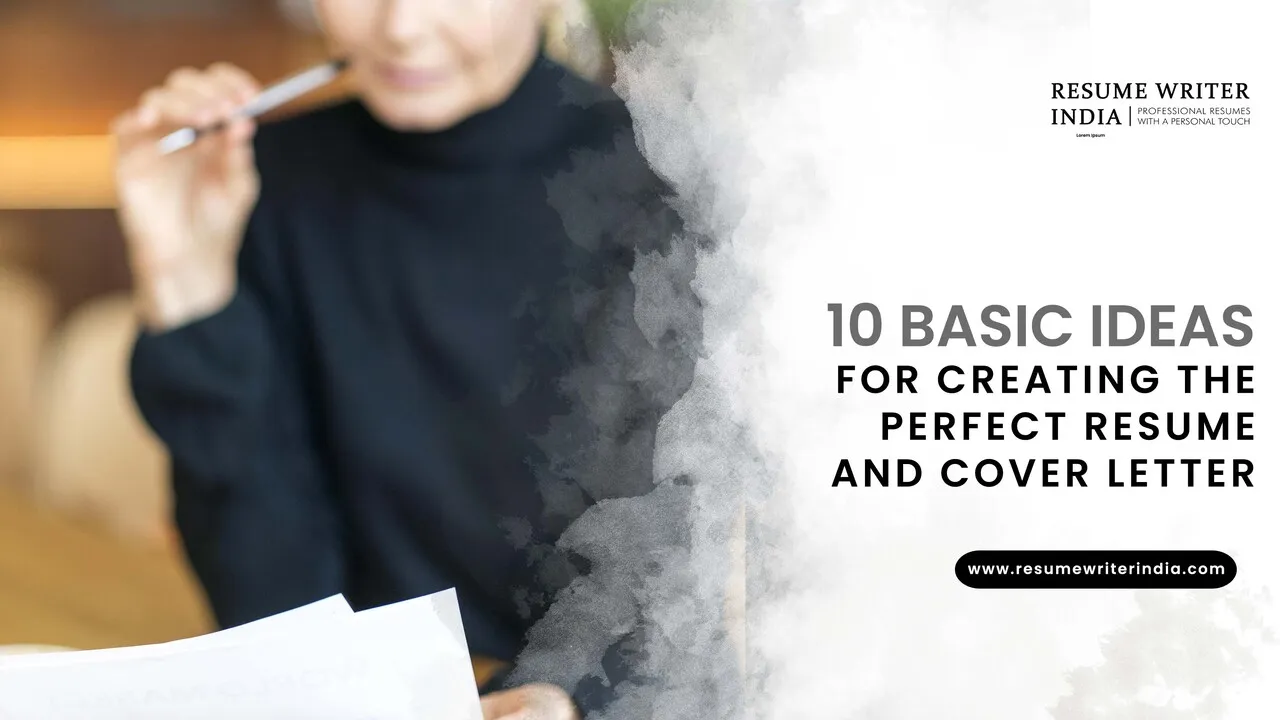
Choose a professional and easy-to-read font, such as Times New Roman, Arial, or Calibri. Use a font size of 10-12 points for the body text and 12-14 points for headings. Maintain consistent formatting throughout the letter, including the font, font size, and spacing. Use a standard business letter layout, with your contact information at the top, the date, the hiring manager’s name and title (if known), and a clear and concise subject line. Use white space effectively to break up the text and make your letter visually appealing. Proper formatting demonstrates professionalism and respect for the reader’s time.
Keeping Your Letter Concise and Engaging
Aim to keep your cover letter concise and engaging, typically within one page. Hiring managers are busy, so it’s crucial to convey your key qualifications and enthusiasm quickly and effectively. Focus on the most relevant information and avoid unnecessary details. Use strong, active language and varied sentence structures to keep the reader engaged. Break up long paragraphs into shorter ones and use bullet points to highlight key skills or accomplishments. A concise and engaging cover letter shows respect for the hiring manager’s time and makes a more positive impression than a lengthy and rambling one.
Writing a Compelling Opening Paragraph
Your opening paragraph is your first and often only chance to grab the hiring manager’s attention, so make it count. This is where you introduce yourself, state the position you are applying for, and immediately convey your enthusiasm for the role. Avoid generic opening lines and instead, craft a compelling statement that immediately captures the reader’s interest. The opening paragraph sets the tone for the rest of the letter, so it is essential to make a strong first impression.
Grabbing the Reader’s Attention Immediately
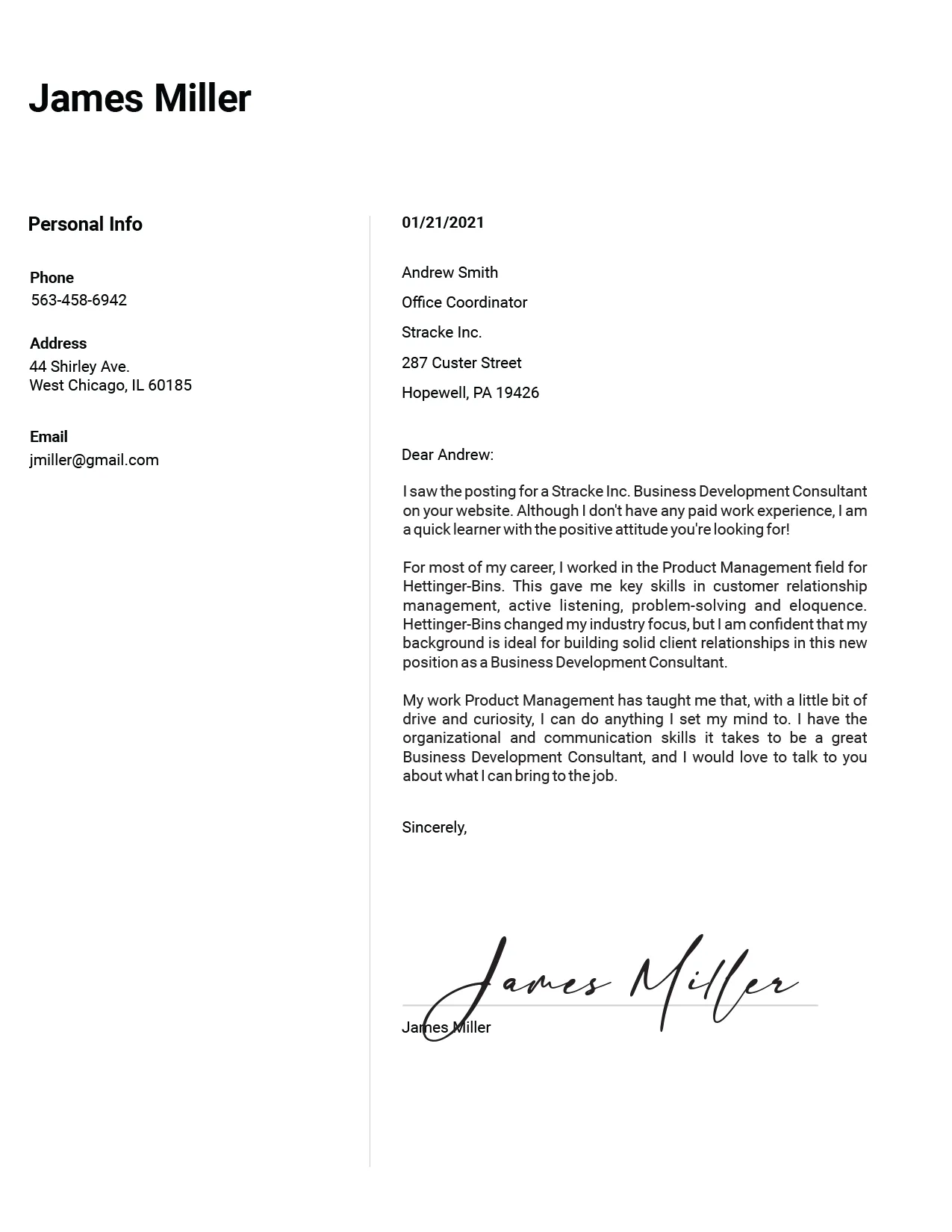
Start your cover letter with a captivating hook that grabs the reader’s attention from the outset. This could be a brief story, a compelling statistic, or a statement that highlights your unique value proposition. Avoid clichés or generic phrases. Instead, craft an opening that is specific, relevant to the job, and showcases your personality. For example, you could start with a statement about your passion for the industry, a specific achievement, or a skill that directly aligns with the job requirements. Make the reader want to know more, and create a sense of excitement about your application.
Stating Your Enthusiasm for the Position
Clearly state your enthusiasm for the position and the company in your opening paragraph. Show the hiring manager that you are genuinely excited about the opportunity and that you have taken the time to understand the role and the company’s mission. Explain why you are particularly drawn to the position and what aspects of the role or the company resonate with you. This demonstrates your commitment and eagerness to contribute to the team, setting you apart from applicants who may appear less invested.
Crafting a Powerful Closing
Your closing paragraph is your final opportunity to leave a lasting impression. Summarize your key qualifications, reiterate your interest in the position, and include a clear call to action. A well-crafted closing leaves the reader with a positive impression and increases the likelihood of an interview. Do not simply repeat what you have already said; instead, use this space to reinforce your key qualifications and demonstrate your commitment to the opportunity.
Reiterating Your Interest and Availability
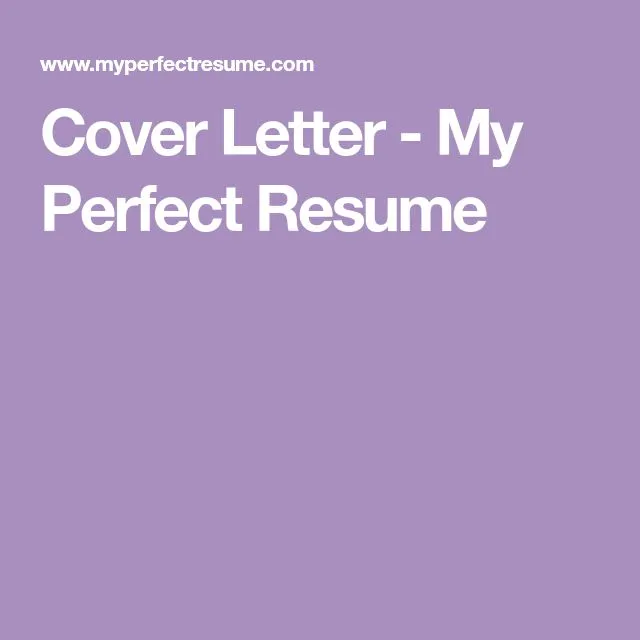
Reiterate your interest in the position and reiterate your availability for an interview. Express your enthusiasm for the opportunity and your eagerness to learn more about the role and the company. Thank the hiring manager for their time and consideration. Clearly state your availability for an interview, including how you can be reached (phone number or email address). This conveys your professionalism and demonstrates your commitment to the job. You want to leave the reader with a clear understanding of your qualifications and your desire to move forward in the hiring process.
Including a Call to Action
End your cover letter with a clear call to action. Encourage the hiring manager to take the next step by inviting them to contact you for an interview. This demonstrates your proactive approach and your confidence in your qualifications. For instance, you can say ‘I am eager to discuss how my skills and experience can benefit your team. I am available for an interview at your earliest convenience and can be reached at [phone number] or [email address].’ A clear call to action increases the likelihood of receiving a response and moving forward in the hiring process.
Proofreading and Editing Your Cover Letter
Proofreading and editing your cover letter is crucial to ensuring that it is free of errors and presents you in a professional light. Take the time to carefully review your cover letter for any grammatical errors, typos, or inconsistencies. A polished cover letter demonstrates your attention to detail and your commitment to excellence. Even minor errors can undermine your credibility, so it’s essential to catch and correct them before submitting your application. Proofreading is one of the most important steps to crafting a perfect resume cover letter, and it’s essential to ensure a quality final document.
Checking for Grammatical Errors and Typos
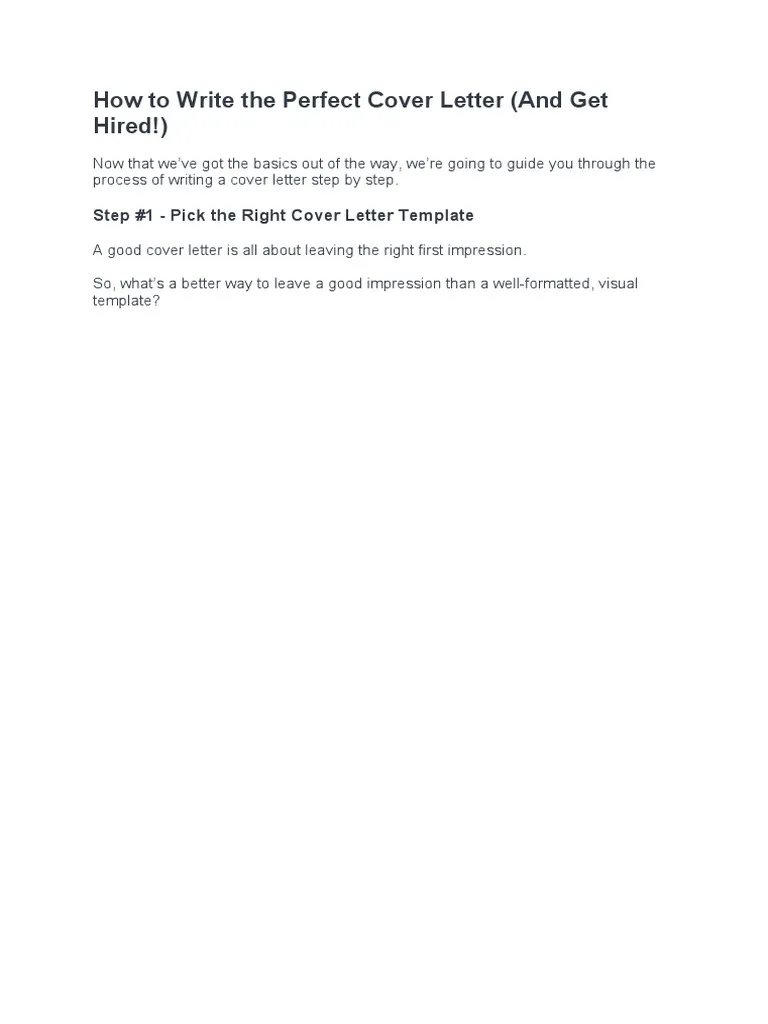
Thoroughly check your cover letter for any grammatical errors and typos. These errors can detract from your credibility and make you appear less professional. Read your cover letter carefully, paying attention to sentence structure, punctuation, and spelling. Use a grammar checker, but don’t rely on it entirely, as these tools may not always catch all errors. Have a friend, family member, or career counselor review your cover letter as a second pair of eyes can often spot mistakes that you might miss. Proofreading ensures that your cover letter is free of errors and communicates your skills effectively.
Ensuring Proper Spelling and Punctuation
Ensure that your cover letter is free of spelling and punctuation errors. Misspelled words and incorrect punctuation can create a negative impression and make you appear careless. Use a spell checker and proofread your cover letter carefully to catch any errors. Pay attention to the use of commas, periods, and other punctuation marks. Ensure that your sentences are clear, concise, and grammatically correct. Proper spelling and punctuation are essential for creating a professional and polished cover letter that effectively showcases your qualifications.
Tips for an Effective Cover Letter
In addition to the secrets and strategies outlined above, consider these additional tips to elevate your cover letter. Be authentic and let your personality shine through. Maintain a professional tone, but don’t be afraid to express your genuine enthusiasm for the opportunity. Research the company and tailor your letter to their specific needs. Use strong action verbs to highlight your accomplishments. Quantify your achievements whenever possible. Keep your letter concise and easy to read. Proofread carefully before submitting your application. Following these tips will help you create a compelling cover letter that increases your chances of landing an interview and getting your dream job.
What to Avoid in a Cover Letter
Avoid certain common pitfalls that can undermine the effectiveness of your cover letter. Don’t use generic templates or clichés. Customize your letter to each specific job. Avoid listing your duties; instead, focus on your achievements. Don’t include irrelevant information or details that don’t align with the job requirements. Steer clear of negative language or complaints. Avoid being overly formal or using jargon. Finally, do not use a cover letter filled with errors or typos. By avoiding these common mistakes, you will create a cover letter that is more likely to impress the hiring manager and get you an interview.
Common Mistakes to Sidestep
Avoid common mistakes that can damage your cover letter. Do not use a generic template or a one-size-fits-all approach. Never submit a cover letter with errors, typos, or grammatical mistakes. Refrain from being overly formal, vague, or impersonal. Avoid simply repeating the information from your resume; instead, use your cover letter to elaborate on your accomplishments and explain why you are a good fit for the role. Be sure to avoid making negative comments about previous employers. These are crucial elements that can drastically hurt your chances.
Mistakes to Avoid
Avoid common mistakes, which include generic opening and closing paragraphs. Don’t address the letter to ‘To Whom It May Concern’ or use vague language. Do not ramble or include irrelevant information. Avoid overselling your skills or exaggerating your qualifications. Never send a cover letter that is too long or poorly formatted. Do not make any spelling or grammatical errors. By avoiding these common mistakes, you can create a cover letter that is more likely to make a positive impression on the hiring manager and showcase your qualifications effectively.
Where to Find Cover Letter Examples
To gain inspiration and guidance, explore various resources for cover letter examples. Online job boards, career websites, and resume-building services often provide sample cover letters for various industries and roles. These examples can provide valuable insights into formatting, tone, and content. However, remember to adapt and personalize the examples to fit your specific situation and the job you are applying for. Use the examples as a starting point to showcase your unique skills, experience, and enthusiasm. Review a variety of examples and tailor them to suit your personality and the specific job you are applying for. This process can significantly improve your cover letter writing and increase your chances of success.
